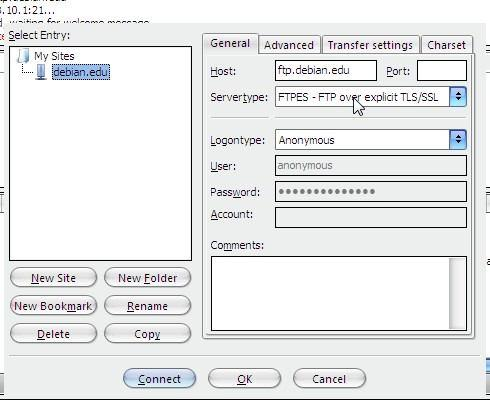

This is definitely not running an Intel Xeon processor, but then again, it's also not based on an anemic Atom processor. Because it comes with four hot-swappable drive bays (but no drives), it also makes a very nice small-scale NAS.Īlso: SUSE Linux Enterprise Server takes a big step forwardĪs listed, it's priced at $403.65 with a relatively paltry 8GB of RAM. It's also ideal if you need a small machine to do a pinpoint task separate from your other hardware. It's not meant for heavy workloads, but if you're supporting a small office and want shared email, or to host a private in-house wiki or CRM system, it's definitely a win. One of my favorite little server boxes is this sweet little cube. Not good for anything with a heavy processor load.Good for simple in-house applications, email serving, FTP.Has four hot-swap drive bays in a tiny package.Not much RAM, relatively weak processor.HPE ProLiant MicroServer Gen10 Ultra Micro Tower Server But if you're looking for a single server that pulls out all the stops, then this may be a good place to look. There is no doubt that if you fully equip this box, you're heading well north of $10,000.
:max_bytes(150000):strip_icc()/fz3_win_main-5c14628746e0fb0001ff15ca.png)
Of course, that'll set you back somewhere between $6,400 and $7,500, but you'd wind up with a whopping 192 terabytes of storage (minus a bit for redundancy and error correction).Īlso: What serverless architecture really means, and where servers enter the picture If you're really interested in maxing this out, you could drop in sixteen 12TB Seagate IronWolf or WD Gold drives. It also has dual, redundant power supplies.Įach node supports up to eight hot-swappable drives, so you're looking at 16 drive bays in this 2U box. The system has two hot-pluggable processing nodes, each supporting an Intel Xeon E5-2600 family CPU, which can take you from 8 to 22 cores, up to 2TB ECC 3DS LRDIMM RAM, and dual 10 gigabit Ethernet ports. This is essentially two servers in one frame. You'll need to add your own processor, memory, and storage. This barebones machine, listed at $2,621, can become an absolute monster. Great for virtual desktops with graphics-related workloads.Powerful, sky's-the-limit workhorse server.Supports up to two 22-core Xeon processor.That effectively squelched my ability to run a web site, and I wound up having to buy a dedicated line. At one time, when I was first setting up my web server in my apartment, I found that the local cable company wouldn't let me serve any traffic out of port 80 (the standard port for web pages).

If you're using a consumer ISP, you may not be allowed to send data out via certain ports. You should plan on having a discussion with your ISP. If you're just accessing some shared files on an internal network, you won't have any special complications.īut if you want to use your on-premises server to serve web pages or email (or any other application) to users on the internet, you're going to have to consider the transition of data requests from the internet, through your firewall, and to your on-premise server. If your plan is to configure a server on-premises in your office or home, how you connect to the internet may be an issue. On-premises servers and your ISP relationship Each server is more appropriate for one sort of application and less appropriate for others. In this article, I'm showcasing a number of server options. As you consider your server needs, you may find that, like me, you need a mix of local and remote servers.


 0 kommentar(er)
0 kommentar(er)
